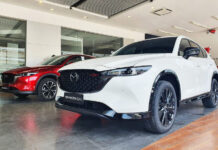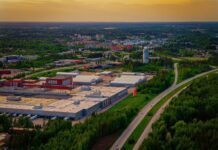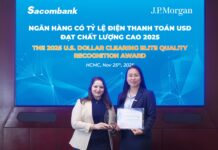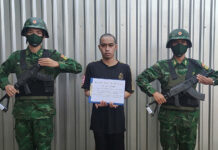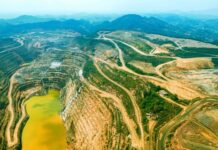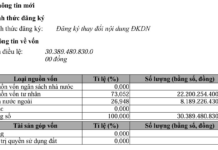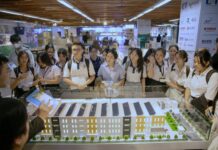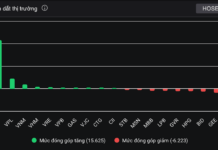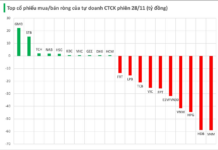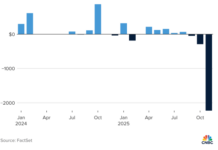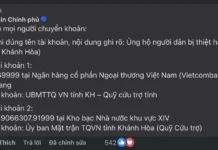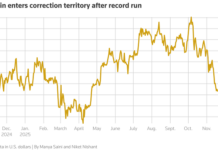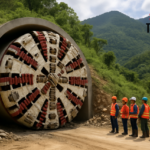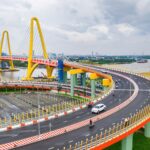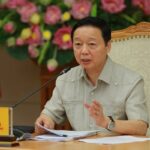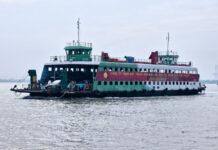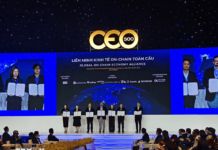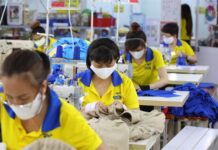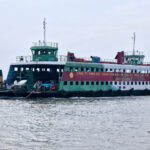The Looming Challenge: Aging Railway Fleet
Vietnam’s railway system is facing a significant challenge as a significant number of its locomotives and carriages approach the end of their operational lifespan over the next few years. This impending issue has spurred Vietnam Railways (VNR) to fast-track plans for a large-scale industrial complex development.
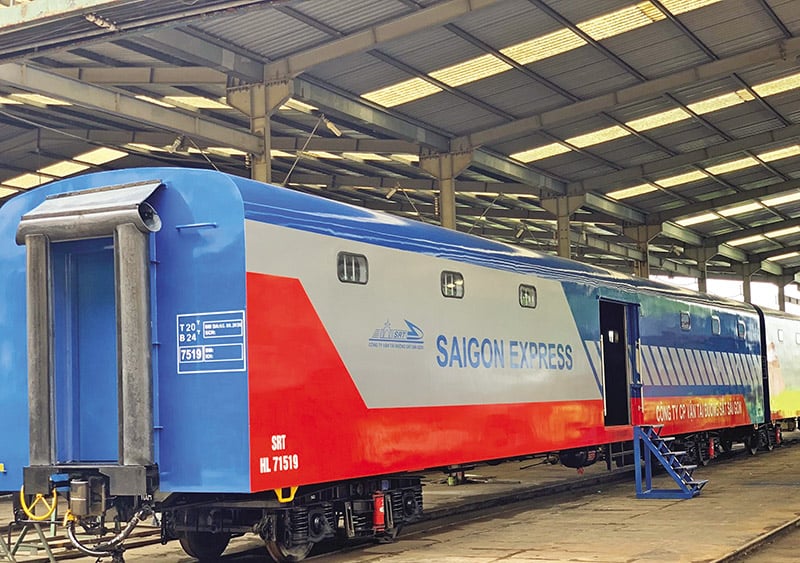
Vietnam Railways (VNR) is expediting plans for a large-scale industrial complex.
The Enormous Replacement Need
According to statistics, the railway sector currently possesses 258 locomotives, 980 passenger carriages, and over 4,300 freight carriages. However, by the end of 2025, a substantial portion, including at least 114 locomotives, 1,472 freight carriages, and 168 passenger carriages, will need to be decommissioned as per regulations.
Adding to this challenge are the ambitious plans for Vietnam’s railway network expansion. The Railway Network Planning scheme until 2050 aims to construct 25 new routes, totaling more than 6,300 kilometers in length. High-speed railways, urban railways, and electrification projects will require thousands of additional power cars, passenger cars, and freight cars.
The proposed high-speed North-South railway alone demands approximately 1,100 EMU cars. Meanwhile, the urban railway system needs nearly 1,500 cars, and the existing and new railway lines require hundreds of locomotives and over 7,000 freight and passenger cars.
Mr. Hoang Nang Khang, Deputy General Director of VNR, pointed out the current limitations of the domestic railway industry: “Vietnam’s railway industry is primarily focused on repair and replacement of old systems, and we are not yet capable of exporting products or manufacturing electric locomotives. Our capacity for producing specialized freight cars is also very limited.”
The Proposed Industrial Complex: A $750 Million Project
VNR is proposing the development of a Railway Industrial Complex in Hanoi, spanning approximately 250 hectares, with an initial investment of over VND 17.5 trillion ($750 million).
This complex will encompass a manufacturing and assembly facility for vehicles, equipment, and spare parts; an R&D center for innovation and technology transfer; and a maintenance and repair center with direct connections to the national railway network.
Mr. Khang emphasized a significant advantage of this project: “The complex will be capable of receiving technology transfers to produce locomotives and carriages with speeds below 200 km/h and urban carriages, instead of relying entirely on imports as we do now.”
The investment structure is designed to prioritize public investment in technical infrastructure, connection lines, and the R&D center. State-owned enterprises will receive additional capital to construct factories, and socialized capital will be sought for production and business activities.
Special Mechanisms to Attract Investment
To ensure the project’s feasibility, VNR has proposed several special mechanisms, including allowing direct contracting for high-tech packages, applying investment norms referenced from international projects, and streamlining environmental assessment and land clearance procedures for the entire project scale.
Mr. Duong Hong Anh, Deputy Director of the Vietnam Railway Authority, commented: “The Railway Law 2025, which comes into effect on July 1, 2025, dedicates a section to the development of the railway industry, offering various preferential policies. This provides an important legal framework for implementing and operating the complex. However, specific mechanisms and incentives, especially for attracting investment beyond public capital, will be clarified during the pre-feasibility study phase.”
Transport expert Nguyen An suggested engaging international consultants to establish a product catalog and clearly define functional areas and localization-import ratios. “Only with concrete calculations can the project be realistic and effective,” he added.
With the massive need for fleet renewal, the railway industrial complex project is expected to be a strategic lever, enabling Vietnam’s railway sector to achieve self-sufficiency in production and laying the foundation for a modern and synchronized transportation infrastructure for decades to come.
Timeline for the Railway Industrial Complex Operation
For the existing railway network:
As soon as the complex becomes operational, VNR will assemble and manufacture clean energy diesel locomotives, passenger cars, and freight cars.
For urban, new, and high-speed railways:
2029-2031: Import locomotives and passenger trains with speeds of 160 km/h; assemble electric and clean energy locomotives; manufacture 160 km/h passenger cars; assemble EMU trains for metro; produce 120 km/h freight cars for the Lao Cai-Hanoi-Haiphong route.
2031-2032: Assemble locomotives and manufacture EMU trains for urban areas; complete the production of 160 km/h passenger and freight cars.
2032-2035: Master the production of passenger and freight cars below 160 km/h; assemble electric locomotives; achieve 30% localization.
For the high-speed North-South railway:
Post-2032: Begin assembling high-speed EMU trains through technology transfer and procurement contracts.
2035: Achieve assembly technology mastery and 20% localization.
2035-2040: Increase localization to 50%.
2040-2050: Aim for 80% localization and self-sufficiency in domestic production of parts and components.
The Ultimate Tunneling Expert: Mastering the Art of Mega Projects with a $10 Billion Contract Win
The Deo Ca Group is proud to announce its collaboration with international partners to procure state-of-the-art machinery and equipment, and to undertake comprehensive training for its personnel. This strategic move is in preparation for a series of large-scale projects that are set to make a significant impact.
High-Speed North-South Rail Project: A Boon for Vietnamese Businesses
The Ministry of Transport is working diligently to finalize the draft report on the pre-feasibility study for the high-speed rail project on the North-South axis. This report is set to be presented to the National Assembly in the upcoming session.
Racing to Complete the High-Speed North-South Railway by 2045
As we delve into the developments regarding the high-speed rail project on the North-South axis, Deputy Prime Minister Tran Hong Ha emphasized the meticulous selection process for technology, management models, and operations. This meticulous process is geared towards establishing a comprehensive and autonomous railway industry and service during a meeting on the 25th of September.



